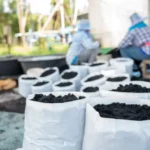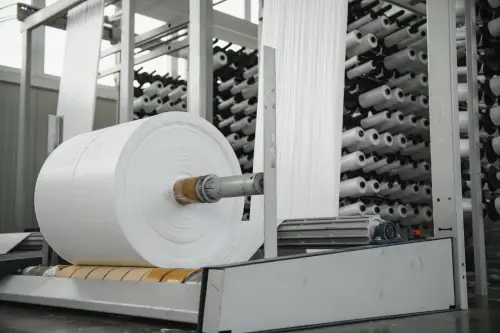How to recycle Hdpe Ldpe bags

Introduction
Plastic bags, particularly those made from High-Density Polyethylene (HDPE) and Low-Density Polyethylene (LDPE), have become ubiquitous in our daily lives. While their convenience is undeniable, the environmental impact of single-use plastics has prompted a global push towards sustainable practices. Recycling HDPE and LDPE bags is a crucial step in minimizing this impact. In this blog, we’ll explore the process of recycling these plastic bags and provide insights into how individuals and communities can contribute to a greener, more sustainable future.
Understanding HDPE and LDPE

HDPE Bags
HDPE bags are commonly used for packaging groceries, clothing, and various household items. They are known for their high strength and durability, making them suitable for a range of applications.
LDPE Bags
LDPE bags are often used for lightweight packaging and are recognized for their flexibility. Their common applications include packaging for bread, produce, and retail goods.
Recycling Process
Collection
The recycling journey begins at the collection stage. Many supermarkets and recycling centers provide designated bins for plastic bags. It’s essential to separate HDPE and LDPE bags from other recyclables to ensure efficient processing.
Transportation to Recycling Facilities
Collected plastic bags are then transported to specialized recycling facilities equipped to handle HDPE and LDPE materials. Efficient transportation ensures that the bags reach recycling facilities in optimal condition.
Sorting and Shredding
At the recycling facility, the bags undergo a sorting process to separate HDPE from LDPE and other materials. After sorting, the bags are shredded into smaller pieces, preparing them for the next stage of processing.
Washing and Cleaning
Shredded plastic pieces undergo washing and cleaning to remove any contaminants. This step is crucial for maintaining the quality of the recycled material.
Melting and Extrusion
The cleaned plastic fragments are melted and extruded to form pellets. These pellets serve as the raw material for manufacturing new plastic products.
Manufacturing New Products
The recycled pellets are then used in the manufacturing of a variety of products, from plastic bags to outdoor furniture and containers. This closed-loop process reduces the demand for virgin plastic and conserves valuable resources.
Individual Contribution
Bag Collection at Home
Establishing a designated recycling station at home encourages the collection of plastic bags for proper disposal. Many local recycling programs accept plastic bags, so checking with your municipality is essential.
Reusable Bags
Embracing reusable bags reduces the reliance on single-use plastic bags altogether. Keep reusable bags handy for grocery shopping and other daily activities.
Conclusion
Recycling HDPE and LDPE bags is a tangible and impactful way to reduce plastic pollution and promote a circular economy. By understanding the recycling process and actively participating in responsible disposal practices, individuals can contribute to a more sustainable and eco-friendly future.




